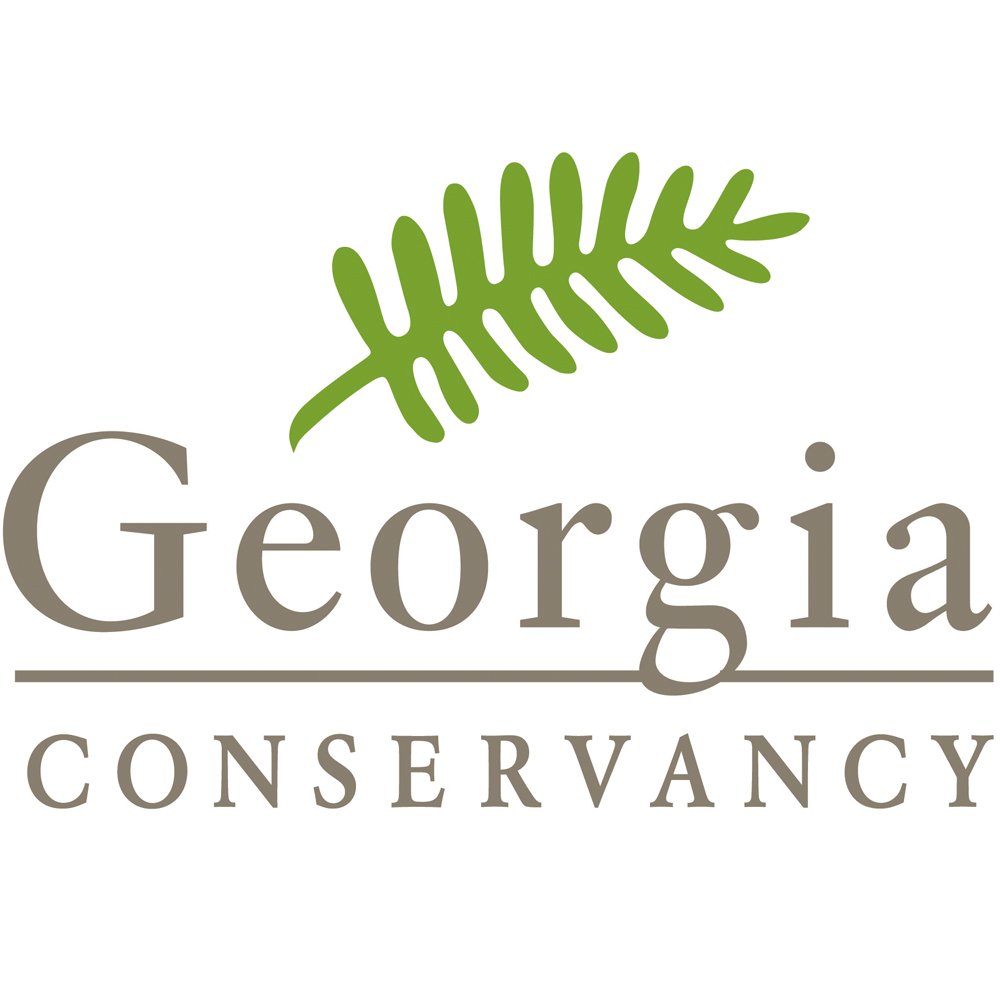Blueprints: Mission Zero Corridor
Sixteen miles of interstate in west Georgia have the potential to be a cutting-edge demonstration of a sustainable corridor for rest of world.
In fall 2014, graduate students with Georgia Tech’s School of Architecture set out to address one of the most pervasive and impactful pieces of infrastructure in our society, the interstate highway, and determine what potential exists to transform it into a travel corridor with environmental impacts that are far less degrading. The Georgia Conservancy-sponsored Blueprints for Successful Communities study focused on the Ray C. Anderson Memorial Highway, from exits 2 to 18 on Interstate 85 in west Georgia.
This important travel corridor serves as Georgia’s gateway to the west, carrying over 20 million travelers annually. Additionally, the corridor is marketed to industry as a "logistics corridor", due to its ability to handle large amounts of truck traffic and its beneficial location for the import/export of goods.
GT SCHOOL OF ARCHITECTURE "MISSION ZERO" STUDENTS
The multifaceted potential of the Mission Zero Corridor, now known as The Ray, to attract by demonstration and to catalyze change by inspiration was Ray Anderson’s soul and passion in life, and is the spirit and legacy that live on through the business and philanthropy of his company, Interface, and through the philanthropy of the Ray C. Anderson Foundation. Essentially, the Mission Zero Corridor is an opportunity to show the world what is possible along a travel corridor, and to do well for west Georgia in the “doing” of the corridor by creating brand new economic development and tourism activities.
The first phase of our Mission Zero Corridor study included an analysis of the existing conditions along the corridor. This effort included examination of the corridor and its extents, as well as the comprehensive future visions outlined by the communities in the corridor: The City of West Point, The City of LaGrange, and Troup County. Importantly, studies around innovative sustainable technologies and sustainable travel corridors will were thoroughly researched during this first phase.
This study provided the action plan and preliminary recommendations regarding the most suitable locations for future public and private development, as well as recommendations for managing existing infrastructure. Such recommendations will considered Ray’s vision for a zero impact company by 2020.
Framework for Sustainable Highways
To arrive to these recommendations for the Mission Zero Corridor, the students, under the instruction of Professor Richard Dagenhart and guidance of an urban design team from Perkins + Will, first had to understand what a sustainable highway corridor looked like, and in doing so, developed a framework that all future corridors could be modeled upon. (See framework at right.)
The Mission Zero Corridor has the potential to educate, inspire and demonstrate technologies, designs and management techniques that communities around the nation and world can utilize to reimagine transportation corridors more broadly – as corridors for renewable energy generation – for water capture – for carbon sequestration – for wildlife migration – and for purposes that we haven’t yet conceived.
Its universal relevance – roads paved or not, single or Autobahn, criss-crossing the planet – offers a unique opportunity to improve the science and business of building, managing and maintaining highways, and the power to more quickly advance innovations and technologies that are currently considered radical into “industry standard.”
Going foward, Georgia Tech will look to work with potential technical partners to evaluate alternative energy applications within the corridor to enhance sustainability in the surrounding communities.
In addition to our work with Georgia Tech, the Georgia Conservancy is working alongside the Ray C. Anderson Foundation to speak with project stakeholders, ranging from local, state and federal officials to local business and civic leaders to internationally-recognized leaders in innovation and design.







